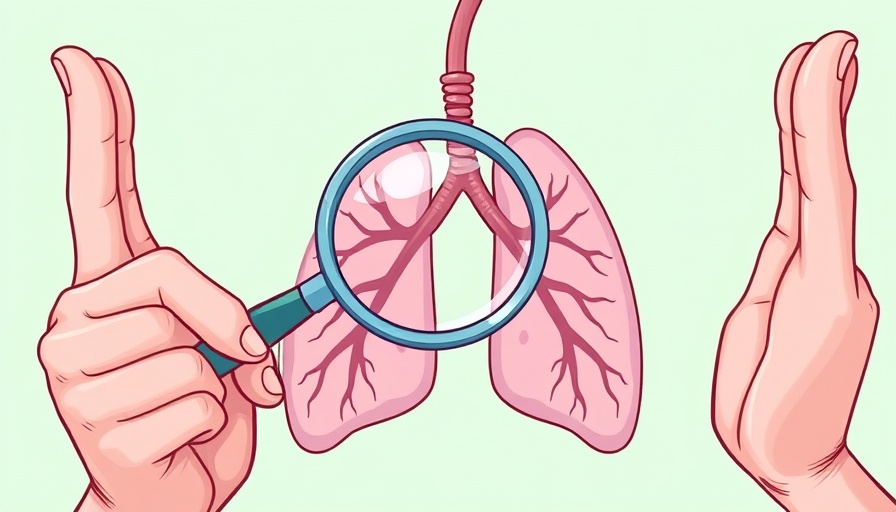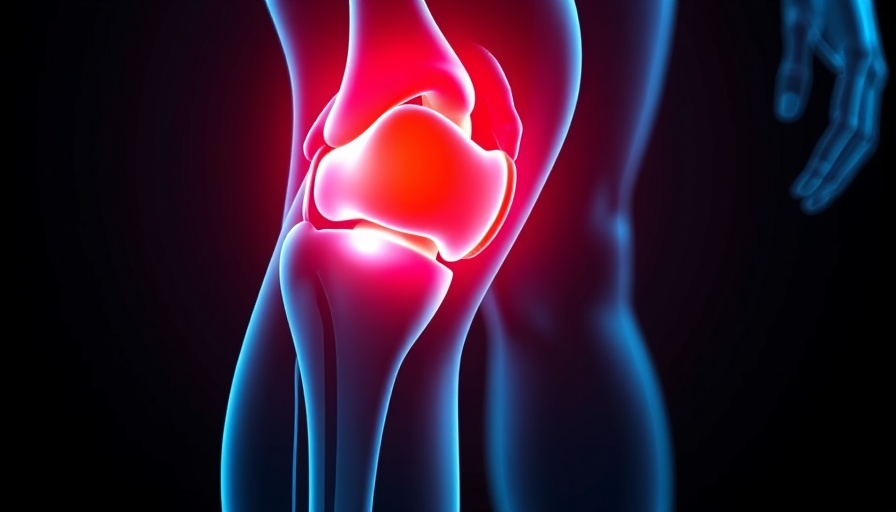
Nerve Growth Factor: A Key Player in Bone Homeostasis
Nerve Growth Factor (NGF) is emerging as a vital player in bone health, bridging neurology and orthopedics in ways that could revolutionize treatment strategies for skeletal diseases. This profound neurotrophic factor, known primarily for its role in the nervous system, has now been implicated in bone homeostasis and the regulation of various skeletal ailments, including osteoporosis and osteoarthritis.
Understanding Bone Homeostasis
The skeletal system serves as the backbone of human movement and structure, with its health being intricately connected to multiple physiological processes. Bone homeostasis—the balance between bone formation and resorption—is crucial for maintaining skeletal integrity. When disrupted, conditions like osteoporosis and severe fractures can arise, leading to significant health issues. Here lies the promise of NGF, as it not only influences neuronal health but is also critically involved in bone metabolism.
NGF's Role in Skeletal Diseases
The intricate mechanisms by which NGF functions in the skeletal system are beginning to be elucidated. Research has demonstrated that NGF regulates the activity of bone cells, particularly osteoblasts (cells responsible for bone formation) and osteoclasts (cells involved in bone resorption). By influencing these cells, NGF helps maintain the delicate balance needed for optimal bone health.
Research Insights and Future Trends
Recent studies underscore the pathophysiological roles of the NGF signaling pathway in various skeletal diseases. For instance, in osteoporosis, the imbalance between bone resorption and production can lead to weakened bones. NGF may help correct this imbalance by stimulating osteoblasts while simultaneously inhibiting osteoclasts. Similarly, NGF’s therapeutic potential is being explored in osteoarthritis and fracture healing, suggesting a broader application of NGF-targeted therapies.
Current Challenges in Clinical Research
Despite the promising avenues opened by these findings, the clinical application of NGF in treating skeletal diseases does not come without challenges. Some concerns include the risk of overregulation that could exacerbate sensitivities in other bodily systems or the need for targeted delivery mechanisms to ensure NGF works where it is most needed without adverse effects. Ongoing research and clinical trials will be crucial in delineating safe and effective therapeutic protocols.
Potential Implications for Treatment
The future of treating skeletal diseases might hinge on our growing understanding of neurotrophic factors like NGF. In theoretical frameworks, therapies designed to manipulate NGF levels could significantly alter treatment landscapes. Such interventions could offer hope particularly for patients where traditional treatments—like bisphosphonates or regenerative medicine—have failed.
Actionable Insights for Patients and Healthcare Providers
Patients should engage with their healthcare providers regarding the latest developments in neurotrophic factor research, especially if they suffer from chronic skeletal diseases. As therapies continue to evolve, having informed discussions can lead to better management strategies customized for individual needs. Moreover, healthcare providers must stay updated about the advancements in NGF research to propose potential new treatment methodologies that could enhance patient outcomes.
Conclusion
As research into the intersections between nerve growth factor and skeletal health deepens, it's clear that NGF holds promise in redefining how we treat debilitating bone diseases. By understanding and utilizing its mechanisms, both patients and medical professionals could potentially enhance the quality of life for many affected by skeletal disorders.
 Add Row
Add Row  Add
Add 




Write A Comment